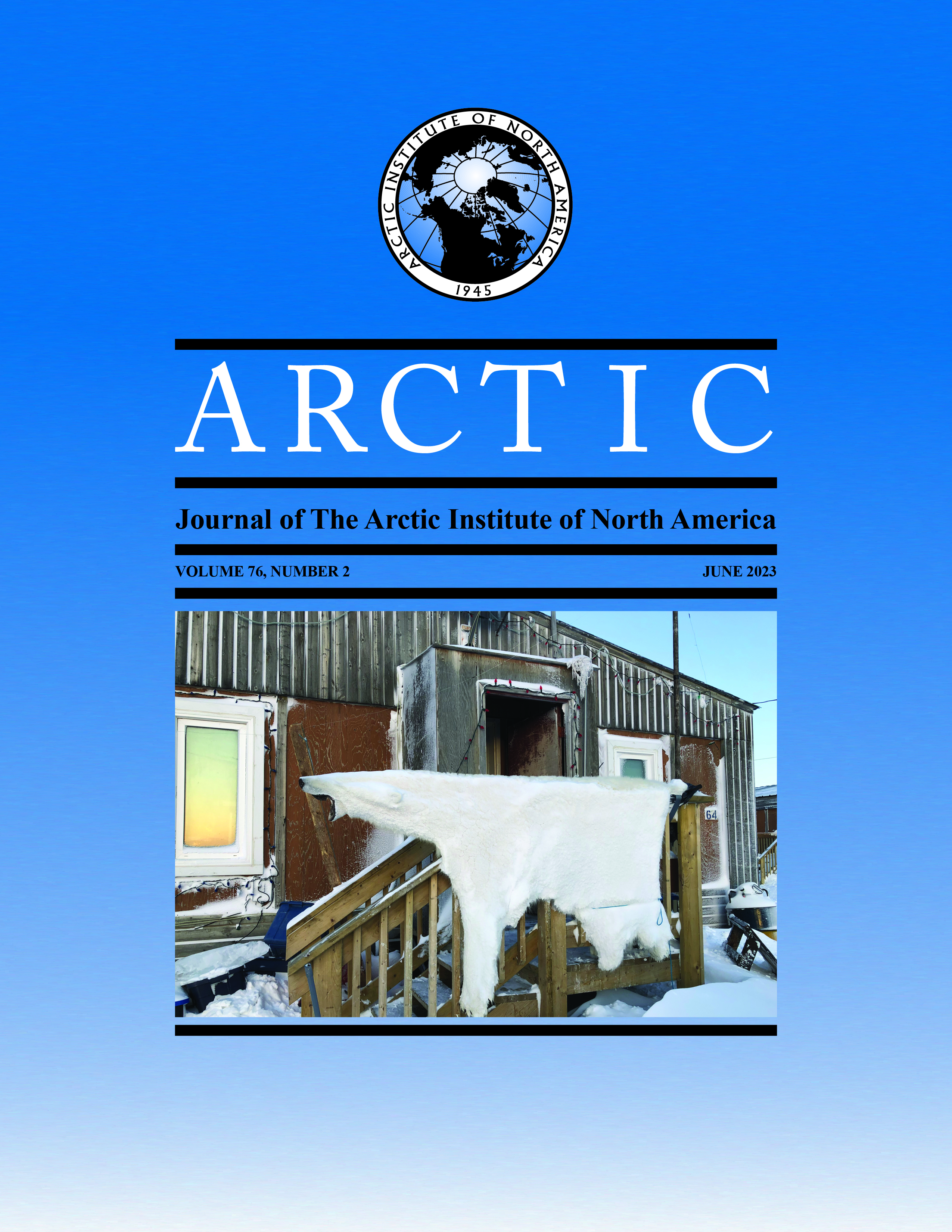Participatory Video: One Contemporary Way for Cree and Inuit Adolescents to Relate to the Land in Nunavik
DOI:
https://doi.org/10.14430/arctic77586Abstract
Indigenous peoples in Canada’s North, especially youth, are increasingly using creative visual arts, such as film, video, and new media technologies to portray their own realities and their personal view of the surrounding environment, thereby contesting colonial, stereotyped media representations of First Peoples. To analyze the youth geography—a sub-discipline of human geography—of nuna (“land” in Inuktitut) and istchee (“land” in Cree) and to understand the distinctive and contemporary meanings that Inuit and Cree young people give to the land, we carried out participatory video (PV) workshops in three Inuit and one Cree communities in Nunavik in 2016, 2017, and 2019. In this paper, we give an account of the nuna/istchee PV project as a method for engaging with young Indigenous people, as a means to develop an Indigenous youth cultural geography in the Arctic. We discuss the effects of PV on the different actors involved in the research process: young Inuit and Cree participants and their communities, the participating schools, and researchers.
Downloads
Published
Issue
Section
License
Copyright (c) 2023 ARCTIC

This work is licensed under a Creative Commons Attribution 4.0 International License.


